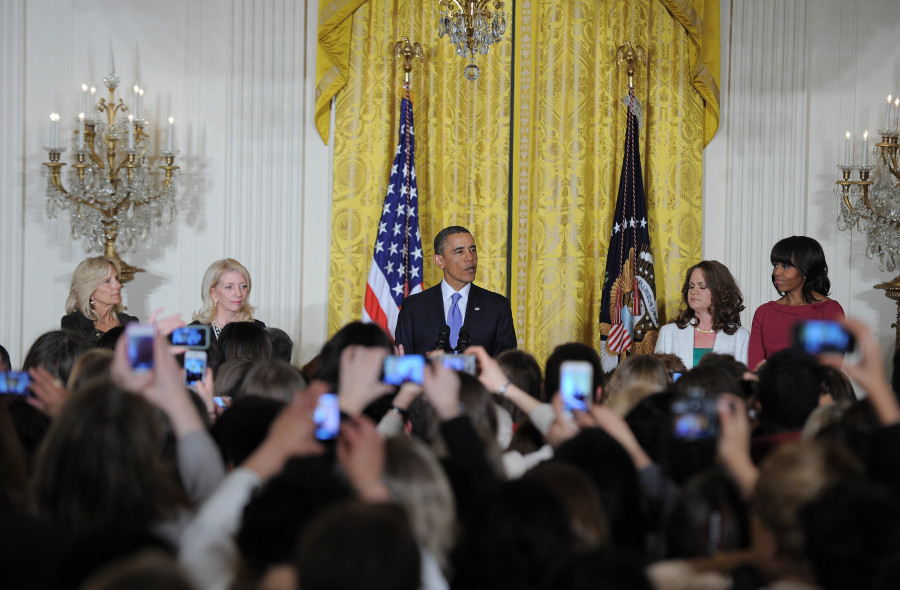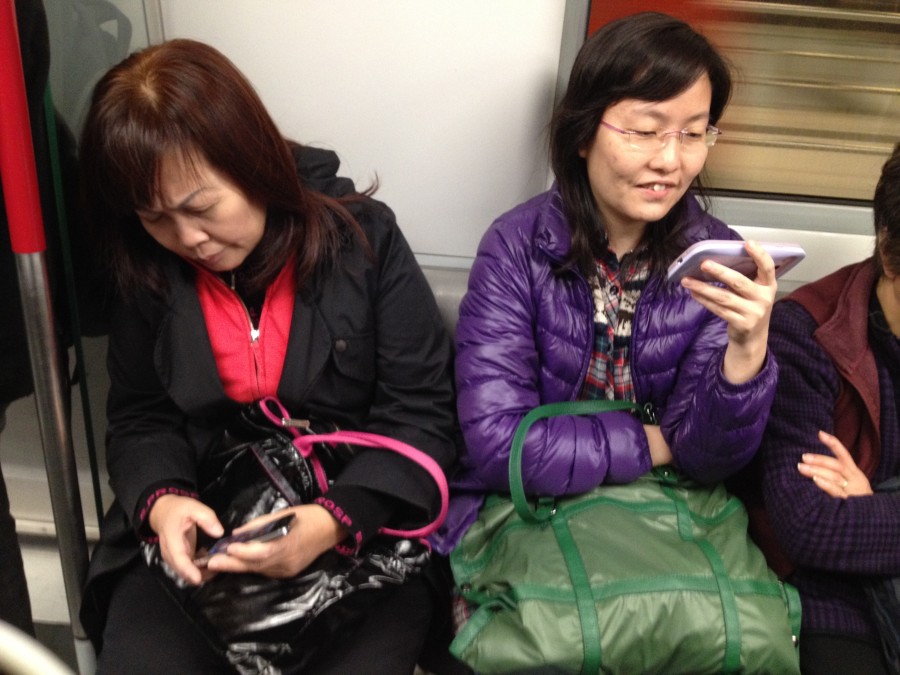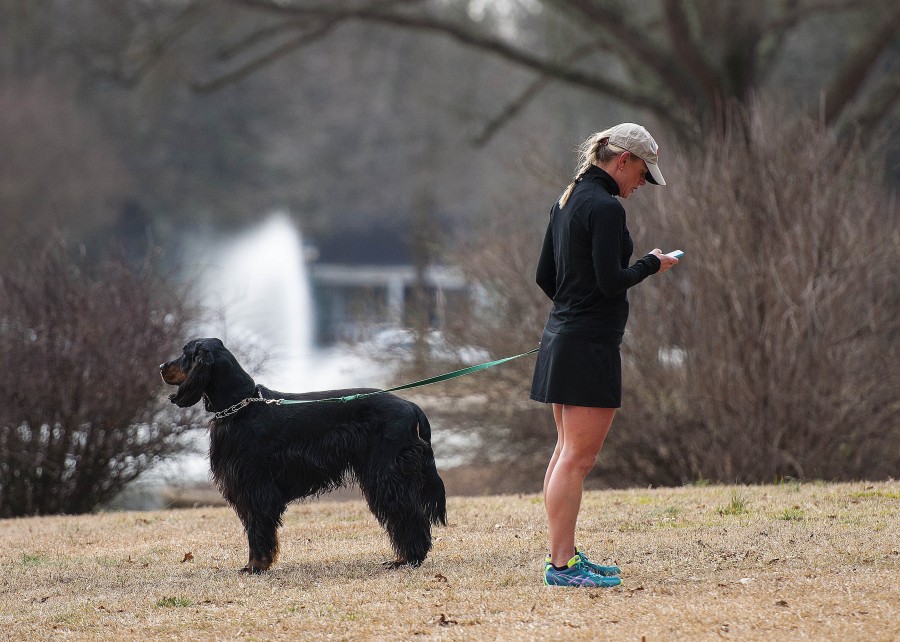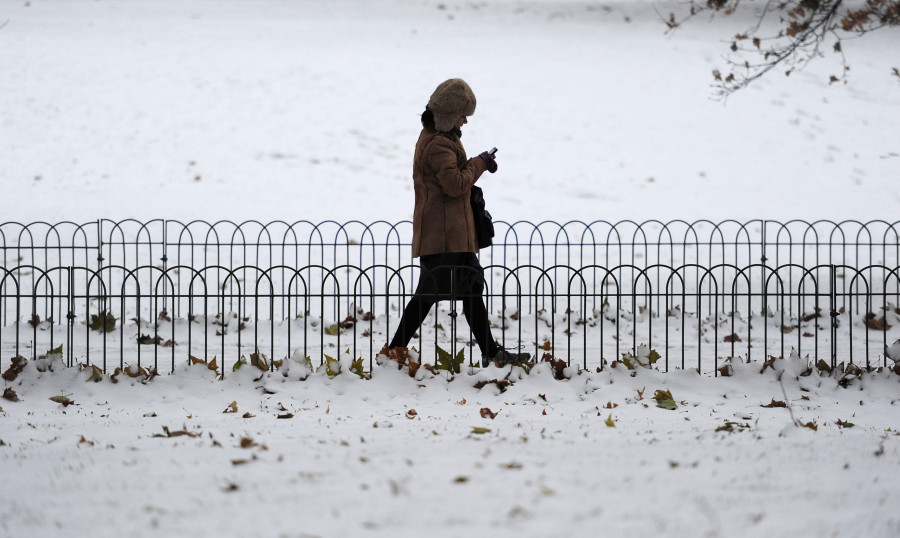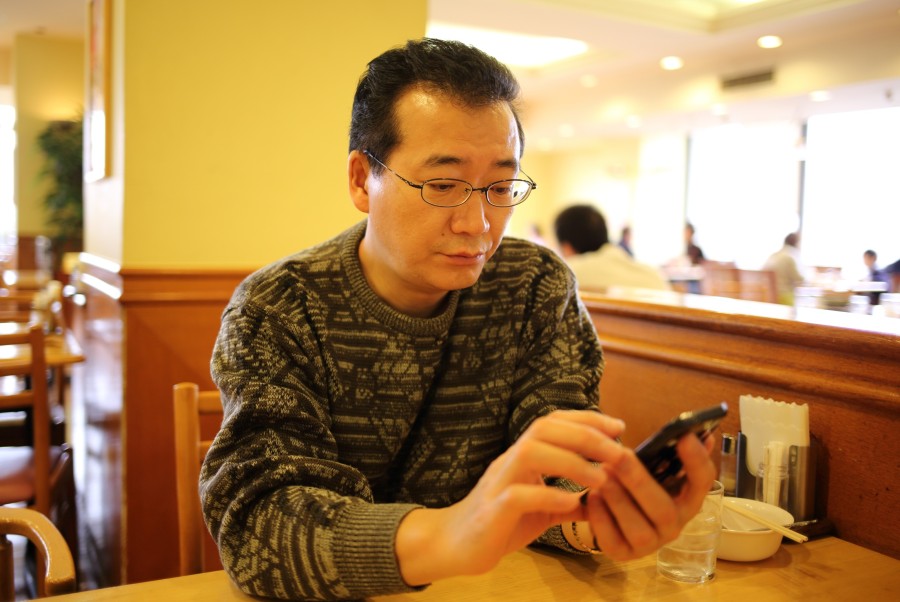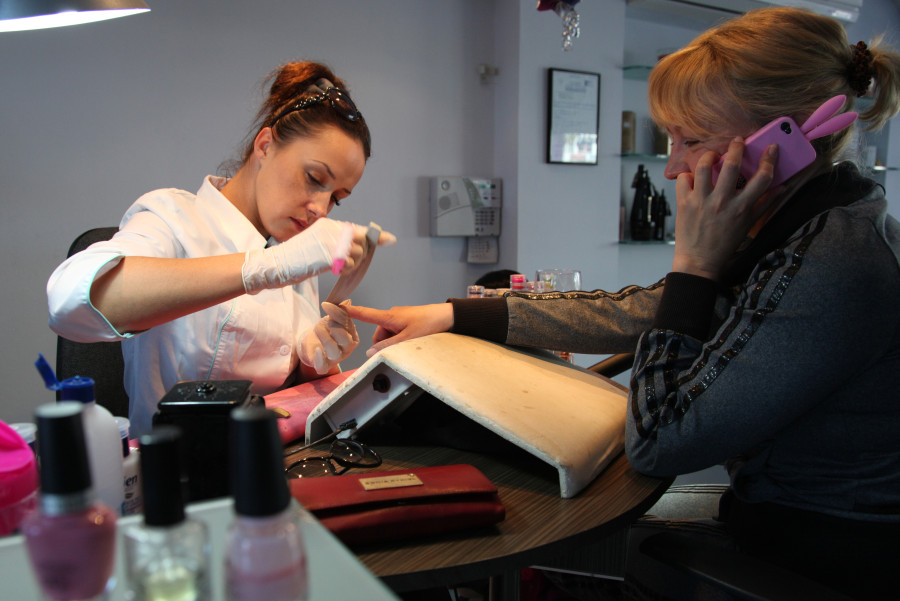20 Basic skills EVERY educator should have for the 21st century. (11-15)
During the last 15 years, we in education have moved at light speed in the area of educational technology. Whether you are involved in higher ed, secondary ed, elementary ed, or special ed, all of us find it difficult to catch up, keep up, and put up with fast-moving computer-based technology. Not since the introduction of the blackboard have we seen a piece of equipment make such a difference in how we teach. Today, not only do we use computers, but we also have laptops, wireless laptops, and tablet PCs. In addition, we have the World Wide Web, scanners, CD burners, USB drives, digital cameras and digital video cameras, PDAs, as well as video and DVD players. And most educators use a variety of tools-including video, e-mail, desktop conferencing, online programs such as WebCT and Blackboard, as well as video conferencing-to teach. Thus, it is no longer acceptable for educators to be technology illiterate.
With that in mind, here is a comprehensive listing of the technology skills that every educator should have. Because as computer and associated technologies continue to change and evolve, educators must continue to strive for excellence in their work. Today that includes continued time and effort to maintain and improve their technology skills (as much as some educators do not want to admit).
Here are 20 basic technology skills that all educators should now have:
- Word Processing Skills
- Spreadsheets Skills
- Database Skills
- Electronic Presentation Skills
- Web Navigation Skills
- Web Site Design Skills
- E-Mail Management Skills
- Digital Cameras
- Computer Network Knowledge Applicable to your School System
- File Management & Windows Explorer Skills
- Downloading Software From the Web (Knowledge including eBooks)
- Installing Computer Software onto a Computer System
- WebCT or Blackboard Teaching Skills
- Videoconferencing skills
- Computer-Related Storage Devices (Knowledge: disks, CDs, USB drives, zip disks, DVDs, etc.)
- Scanner Knowledge
- Knowledge of PDAs
- Deep Web Knowledge
- Educational Copyright Knowledge
- Computer Security Knowledge
11. Downloading Software from the Web Knowledge – including e-Books
All educators should be able to download software from the web and know of the major sites that can be used for this purpose. See the following Web sites for helpful information and tutorials.
- Tucows.com
www.tucows.com - Download.com
www.download.com - Shareware.com
www.shareware.com - FreewareFile.com
www.freewarefiles.com - Computer Tutorials from Carol
http://carolirvin.com/tutorials.htm
Carol Irvin’s Free Computers Tutorials
e-Books
- Microsoft Reader
www.microsoft.com/reader
Microsoft Reader download site. - Download Adobe Acrobat Reader
www.adobe.com/products/acrobat/readstep2.html
Acrobat Reader download site. - E-Book Links
www.bhsu.edu/education/edfaculty/lturner/Ebooks.htm
A listing of download sites for readers and e-books, help and related information. - Adobe eBooks Central
www.adobe.com/epaper/ebooks/main.html
Adobe’s e-Book Web site - The eBook Directory
www.ebookdirectory.com
The e-book Directory Web site. - eLibrary- Books and Site Links
www.web-books.com/cool/ebooks/Library.htm
Free eBooks and Best Sites. - Free eBooks.Net
www.free-ebooks.net
Free e-books on the Internet Web site. - eBook.com (Australia)
www.e-book.com.au/freebooks.htm
Free e-books Web site from ebooks.com
12. Installing Computer Software onto a Computer System
Educators should be able to install computer software onto a computer system. See the following Web sites for helpful information and tutorials.
- Basics of Computing: Installing Software
http://members.aol.com/shobansen3/installing.html
Installing Software Tutorial - Basic Computer Skills for Teachers
www.aps.edu/aps/sw_depart/basicskills/Installing.html
Basic Skills for Teachers – How to Install Software - Regents of the University of Minnesota Master Internet Volunteer Program
www.extension.umn.edu/miv/curriculum/awdinst.html
Downloading and Installing Software Instructions. - Welcome to Computer Training Tutorials
www.ckls.org/~crippel/computerlab/tutorials
Software Installation Problems Tutorial
13. WebCT or Blackboard Teaching Skills
Educators should be aware of these two online teaching tools and know about them and/or know how to use them to teach or take classes. See the following Web sites for helpful information and tutorials.
- WebCT Web site
www.webct.com - Blackboard Web site
www.blackboard.com - ICON- Iowa Courses Online
http://icon.uiowa.edu/index.shtml
WebCT and Blackboard courses - Comparison of Online Course Delivery Software Products
www.marshall.edu/it/cit/webct/compare/comparison.html
Complete side by side comparison of various online course delivery software products.
14. Video Conferencing skills
Educators should be able to use a video conferencing classroom and understand the basics of teaching with Video Conferencing. See the following Web sites for helpful information and tutorials.
- JISC Technology Applications Programme
www.cse.dmu.ac.uk/~jtb/jtap-037.htm
Practical Guidelines for Teaching with Video Conferencing from JTAP - SBC Knowledge Network Explorer
www.kn.pacbell.com/wired/vidconf/intro.html
An Introduction to Video Conferencing from SCB - Teaching with Technology
www.powertolearn.com/articles/teaching_with_technology/video_conferencing_for_teaching_and_learning.shtml
Video Conferencing for Teaching & Learning article from Power to Learn - LDTI Case Studies
www.icbl.hw.ac.uk/ltdi/vcstudies
Video Conferencing for Teaching & Learning online articles and information - Conferencing Technology Guidelines
www.gla.ac.uk/lncs/main/video.htm
Video Conferencing Guidelines from the University of Glasgow - Teleconferencing and Teaching
http://c’ehd.utsa.edu/users/pmcgee/teleconference.htm
Teleconferencing and Teaching from the University of Texas
15. Computer Related Storage Devices Knowledge.
Educators should understand and know how to use the following data storage devices: disks, CDs, USB drives, zip disks & DVDs. See the following Web sites for helpful information and tutorials.
Diskettes
- Disabled Women’s Network Ontario Computer Basics
http://dawn.thot.net/cd/135.html#2
Computer Basics – diskettes - Hardware Basics: Inside the Box
www.cse.psu.edu/~domico/CMPSC101/Lecture-1.htm
Computer Hardware Basics – diskettes - Formatting Diskettes
www.vertical-market.com/gui/W2_1099GUI/Formatting%20Diskettes.htm
Step by step guide to formatting diskettes - How Floppy Disks Work
http://computer.howstuffworks.com/floppy-disk-drive.htm
How Stuff Works explains How Floppy Disks Work
CDs
- Cognigen PC Burning Basics
www.cognigen-pc.com/main/coop/default.aspx?Cid=1002
CD Burning Basics - Creating your own CDs
www.microsoft.com/resources/documentation/windows/xp/all/proddocs/en-us/creatingyourowncds.mspx
The Microsoft Networks guide to burning CDs - Information on CD-ROM Drives
www.computerhope.com/help/cdrom.htm
Computer Hardware – CD Information - PC Guide’s About CD-ROM Drives
www.pcguide.com/ref/cd/index-c.html
CD-ROMs – The PC Guide - Zip CDs User Manual
www.iomega.com/support/manuals/zipcda8x4x32/use_discs.html
Selecting and Using CDs. - Making Data CDs
www.ivytech.edu/madison/hr/Instructions%20for%20Creating%20a%20CD.doc Making
Data CDs Using the Easy CD Creator - Wikipedia, the free encyclopedia:CDs
http://en.wikipedia.org/wiki/Compact_disc
CDs from Wikipedia
USB Drives
(also known as pen drives, flash drives, key chain drives, portable hard drives)
- SearchStorage.Com: Jump Drive
http://searchstorage.techtarget.com/sDefinition/0,,sid5_gci869057,00.html
Keychain Drive Information - #1 Pen & Flash Drives
www.pen-flash-drives.com
Flash Drive Information - How USB Ports Work
http://computer.howstuffworks.com/usb.htm
How USB Drives Work - USB Floppy Disk Driver FAQs
www.yedata.com/support/floppydrives_faq.shtml
FAQ about USB Drives - USB Hard Drive By Crazy PC
www.cluboverclocker.com/reviews/drives/flash_drives/q_usb_hd
USB Drive Information - The MemoryGuide.com
www.the-memory-guide.com/usb-drive.html
USB Drives – A New Wave in PortableStorage
DVDs
- How DVDs Work
http://electronics.howstuffworks.com/dvd.htm
How D’es a DVD Work? from How Stuff Works - How It Works: DVD
www.pcworld.com/howto/article/0,aid,14697,00.asp
How Do DVDs Work? from PC World - Sony DVD FAQs
www.sonyburners.com/faqs
DVDs FAQs - Use DVDs for Archiving and Storage
www.datamind.co.uk/merchant/dvd_for%20storage_backup.htm
Use DVDs for Storage and Archiving from Datamind.co.uk - KarbosGuide.com: DVDs
www.karbosguide.com/hardware/module4c3a.htm
DVD Media
Zip Disks
- Iomega’s Home Page
www.iomega.com/na/landing.jsp
Zip Drive Information from iomega - Zip Drive FAQs
http://phyweb.lbl.gov/compute/local_zip.html Zip Drive FAQ - Zip: Q&A
www.amigau.com/zipdrives/aFAQ.htmlZip Home – FAQ



